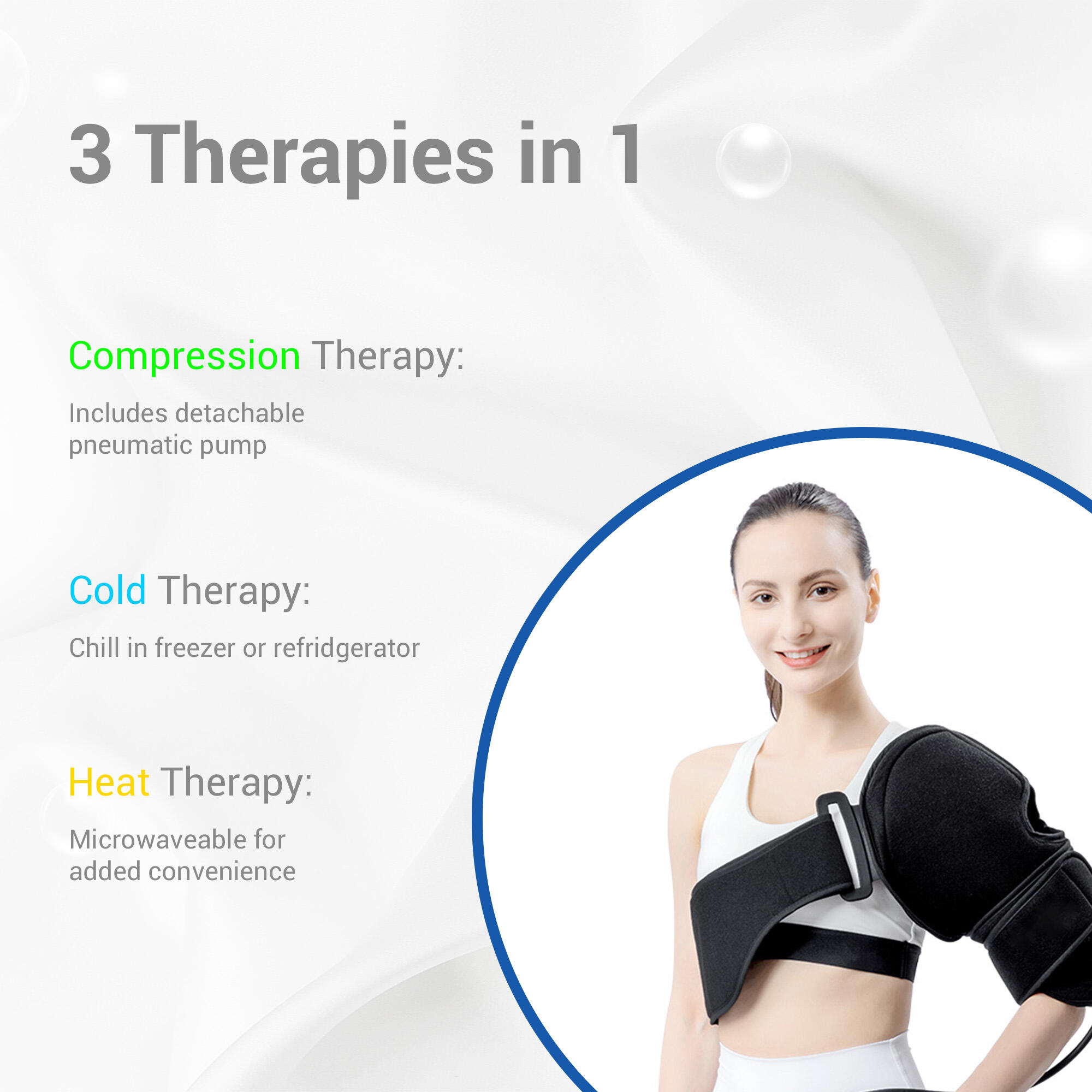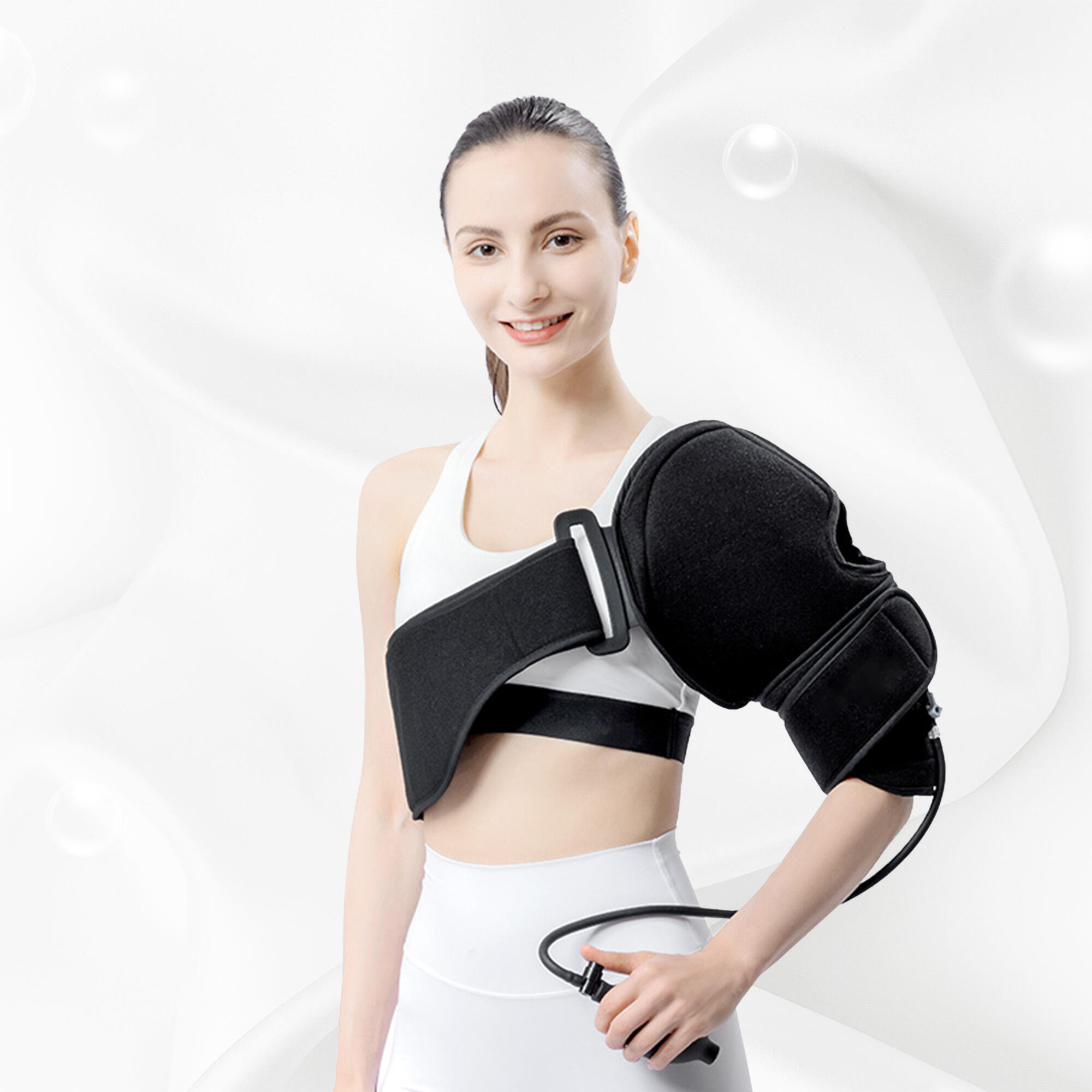What Is a Cold Compress and How Does It Help Reduce Swelling?
A cold compress is a simple medical tool used to apply cold therapy to injured or swollen areas of the body. It can be a bag of ice, a frozen gel pack, or even a damp cloth chilled in the freezer. Unlike heat therapy, which increases blood flow, a cold compress works by slowing down blood flow and reducing inflammation, making it a go-to solution for acute injuries, swelling, and pain. Whether you’ve twisted your ankle, bumped your knee, or have a headache, a cold compress can provide quick relief when used correctly. Let’s explore what a cold compress is, how it works, and why it’s effective for reducing swelling.
What Is a Cold Compress?
A cold compress is any device or material that delivers cold to a specific area of the body. Its main purpose is to lower the temperature of the skin and underlying tissues, which triggers biological responses that reduce swelling and pain. Cold compresses come in many forms, but they all share the same goal: to apply controlled cold to help the body heal.
Common Types of Cold Compresses
- Ice packs: These are the most popular type. They can be reusable gel packs (frozen in a freezer) or disposable packs that activate when squeezed (using chemicals to create a cooling effect).
- Ice towels: A towel soaked in cold water and wrung out, or a dry towel wrapped around ice cubes. They’re flexible and easy to mold to body parts like the neck or forehead.
- Frozen vegetables: In a pinch, a bag of frozen peas or corn works as a makeshift cold compress. The small pieces conform to the body, and the bag is flexible.
- Instant cold compresses: These are pre-packaged and ready to use without freezing. They’re ideal for emergencies, like sports games or outdoor activities, where a freezer isn’t available.
No matter the type, a cold compress should be used with a barrier (like a cloth) between it and the skin to prevent damage.
How a Cold Compress Reduces Swelling
Swelling occurs when the body sends extra blood and fluid to an injured area to protect and repair it. While this is a natural part of healing, too much swelling can cause pain, stiffness, and slow down recovery. A cold compress helps by interfering with this process in three key ways:
1. Constricts Blood Vessels
Cold temperatures cause blood vessels in the injured area to narrow (constrict). This reduces blood flow to the area, which in turn lowers the amount of fluid that leaks into surrounding tissues—cutting down on swelling. For example, if you sprain your wrist, applying a cold compress within 15 minutes can reduce blood flow by up to 30%, significantly limiting swelling.
2. Numbs Nerves to Reduce Pain
Cold also affects nerve endings in the skin, slowing down the signals they send to the brain. This numbs the area, making pain feel less intense. This is why a cold compress is often used for headaches: applying it to the forehead numbs the nerves, easing throbbing pain. The numbing effect also helps with movement—you may find it easier to gently move a swollen ankle after using a cold compress, which can prevent stiffness.
3. Slows Down Inflammation
Inflammation is the body’s response to injury, characterized by redness, heat, and swelling. A cold compress cools the area, which slows down the activity of cells involved in inflammation. This doesn’t stop healing; it just keeps inflammation in check, preventing it from becoming excessive. For conditions like tendonitis (swollen tendons), regular use of a cold compress can reduce chronic inflammation over time.

When to Use a Cold Compress for Swelling
A cold compress is most effective for acute injuries—those that happen suddenly, such as:
- Sprains (twisted ankles, wrists)
- Strains (pulled muscles, like hamstrings)
- Bruises (from falls or impacts)
- Post-surgery swelling (e.g., after dental work or minor operations)
- Insect bites or stings (to reduce itching and swelling)
It’s best to use a cold compress within the first 24–48 hours after the injury, when swelling is at its worst. For long-term (chronic) swelling—like that from arthritis—a cold compress may still help with pain but won’t address the root cause. In those cases, consult a doctor for other treatments.
How to Use a Cold Compress Correctly
Using a cold compress the right way ensures it reduces swelling without harming the skin. Follow these steps:
Step 1: Prepare the Cold Compress
- For reusable ice packs: Freeze them for 1–2 hours until they’re cold but still flexible. Don’t over-freeze them, as hard, icy packs can damage skin.
- For instant or disposable packs: Activate them according to the instructions (usually squeezing or shaking).
- For ice towels or frozen vegetables: Wrap them in a thin cloth to keep them from dripping and to protect the skin.
Step 2: Apply a Barrier
Never put a cold compress directly on bare skin. Wrap it in a towel, washcloth, or paper towel. This layer should be thin enough to let the cold through but thick enough to prevent frostbite. For sensitive areas like the face or neck, use two layers.
Step 3: Apply to the Swollen Area
- Place the wrapped cold compress gently on the swollen part. Make sure it covers the entire swollen area, not just the center.
- If possible, elevate the area above the heart (e.g., prop a swollen foot on a pillow). Elevation, combined with a cold compress, helps fluid drain away from the injury, reducing swelling faster.
- Hold the cold compress in place for 10–20 minutes. Set a timer to avoid leaving it on too long.
Step 4: Take Breaks
After 20 minutes, remove the cold compress and let the area warm up for at least 30–60 minutes before reapplying. Repeating this every 2–3 hours during the first day will give the best results. Using it for longer than 20 minutes at a time can damage skin cells, so stick to the schedule.
Safety Tips for Using a Cold Compress
To avoid injury while using a cold compress, keep these tips in mind:
- Don’t use on broken skin: Open wounds or cuts can be irritated by cold, and the compress may introduce bacteria.
- Watch for signs of frostbite: If the skin turns white, feels numb, or starts to tingle painfully, remove the cold compress immediately. Frostbite can damage tissues, so stop use and warm the area gently with lukewarm water (not hot).
- Avoid using on young children or the elderly: Their skin is more sensitive to cold. Use shorter intervals (10 minutes) and check the skin often.
- Don’t fall asleep with a cold compress: It’s easy to lose track of time, leading to prolonged exposure and skin damage.
FAQ: Cold Compress for Swelling
How long does it take for a cold compress to reduce swelling?
You may notice less swelling within 1–2 hours of the first use, but significant reduction usually takes 24–48 hours. Keep using the cold compress regularly during this time for best results.
Can I use a cold compress for swelling every day?
Yes, but only for acute injuries (first 2–3 days). For longer-term swelling, check with a doctor—using a cold compress daily for weeks may not be helpful and could damage skin.
Is a cold compress better than a warm compress for swelling?
Cold compresses are better for new swelling (acute injuries). Warm compresses work for stiff, achy muscles or chronic swelling (no recent injury), as heat increases blood flow. Never use heat on new swelling—it will make it worse.
What if my skin turns red after using a cold compress?
A little redness is normal as blood flow returns to the area. But if the redness lasts more than 10 minutes or is painful, you may have applied the cold compress for too long. Take a break and reduce the next application time.
Can I make a cold compress at home without ice?
Yes. Soak a towel in cold water, wring it out, and use it as a cold compress. You can also put a damp towel in the freezer for 5–10 minutes for extra cold.
How do I know if a cold compress is working?
The area should feel less painful, and swelling may look slightly reduced after each use. If swelling gets worse or pain increases, stop using the cold compress and see a doctor—you may have a more serious injury.
Table of Contents
- What Is a Cold Compress and How Does It Help Reduce Swelling?
- What Is a Cold Compress?
- How a Cold Compress Reduces Swelling
- When to Use a Cold Compress for Swelling
- How to Use a Cold Compress Correctly
- Safety Tips for Using a Cold Compress
-
FAQ: Cold Compress for Swelling
- How long does it take for a cold compress to reduce swelling?
- Can I use a cold compress for swelling every day?
- Is a cold compress better than a warm compress for swelling?
- What if my skin turns red after using a cold compress?
- Can I make a cold compress at home without ice?
- How do I know if a cold compress is working?

